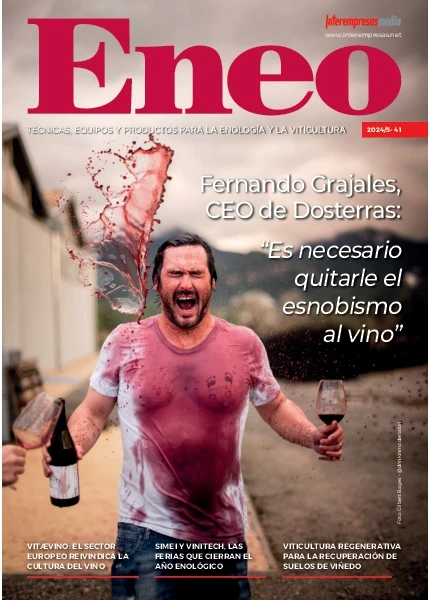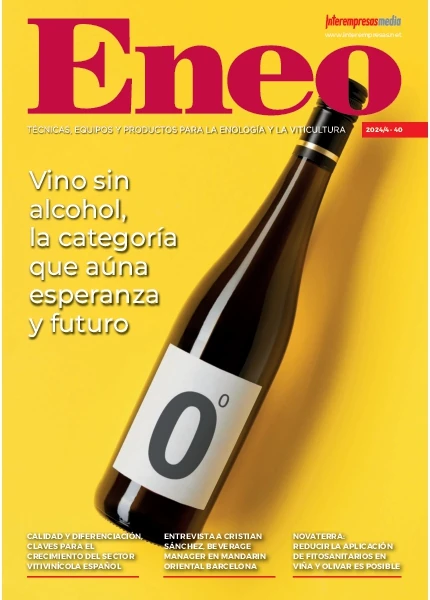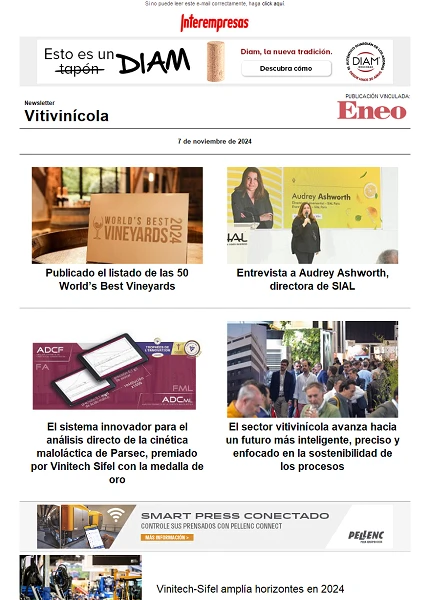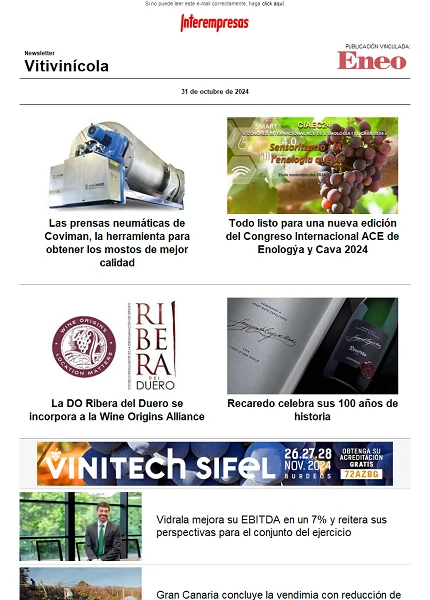Measure the footprint of carbon already is possible in small and big cellars
17 February 2012

Contribute to a climatic strategy oriented to the reduction of the gases of effect invernadero generated in cellars of the Basque Country and to the improvement of the reliability of the environingingmental communication of the alimentary products, is the aim of the sectorial Plan of Footprint of Carbon. A Plan developed by the Steering of Innovation and Alimentary Industries of the Department of Environingingment, Territorial Planning, Agriculture and Fishing of the Basque Government. In this frame, the technological centre
Know and reduce the environingingmental impact of the products
The methodology of Analysis of Cycle of Life (ACV) considers one of the most advanced tools and effective to know and diminish the environingingmental impact of products and apply measures of ecodiseño. Although these measures suppose a support to the improvement of the competitiveness of the companies, to date his level of implementation has been limited, especially in the field of small and medium enterprises, since often it supposes a cost and time of dedication added, and requires besidescimientos Specific for his application.To
The software created by AZTI-Tecnalia pretends to surpass said obstacles and allows to the companies of the sector of the wine apply the technician of the analysis of cycle of life for the calculation of footprint of carbon of his products of a fast way, reliable and simple, surpassing the difficulties that prevent his utilisation between the small and medium enterprises.To
What contributes the calculation of the footprint of carbon?
The measurement of the footprint of carbon of a product can generate besides true profits for the companies, since it allows to identify the main sources and causes of broadcasts of gases of Effect Invernadero (GEI). This information is the base to define aims and political of reduction of broadcasts more effective, identify opportunities of saving of costs headed to improve the efficiency in the productive chain, as well as schedule strategies of marketing oriented to the differentiation of product that offer a greater value added to the same or the access to new segments of market more sensitised.

























